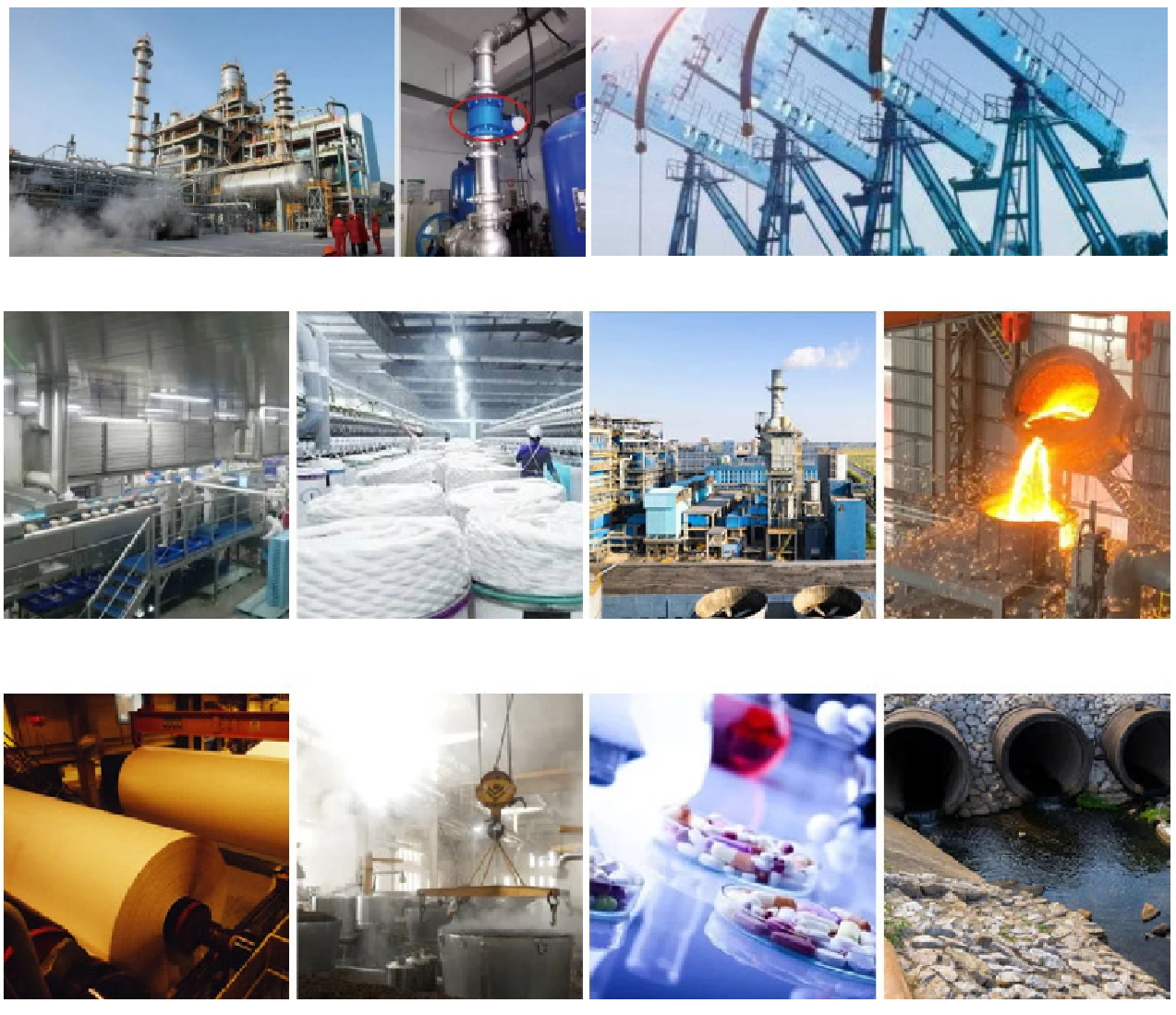An electromagnetic flowmeter is an instrument that determines flow rate by measuring the electromotive force induced in a liquid. Its development history can be traced back to the late 19th century, when physicist Faraday first discovered the interaction of magnetic and electric fields in liquids.
With the continuous advancement of science and technology, the performance of electromagnetic flowmeters has also been significantly improved. In the 1920s, people began to study the use of electromagnetic induction principles to measure liquid flow. The earliest electromagnetic flowmeter was invented by American engineer Hart. Its principle is to use the magnitude of induced electromotive force to determine the liquid flow rate.
In the mid-20th century, with the development of computer technology, electromagnetic flowmeters began to gradually develop in the direction of digitalization and intelligence. In the 1960s, Japan’s Iwasaki Manufacturing Company launched the world’s first digital electromagnetic flowmeter. Subsequently, the digital technology of electromagnetic flowmeters has been widely used, improving its measurement accuracy and stability.
At the end of the 20th century and the beginning of the 21st century, with the continuous development of microelectronics technology and sensor technology, electromagnetic flowmeters were further improved. Using new sensor materials and new signal processing technology, the measurement range, accuracy and stability of the electromagnetic flowmeter have been significantly improved. At the same time, with the continuous improvement of production processes, the size of electromagnetic flowmeters has become smaller and smaller, making them more convenient to use.
The invention of electromagnetic flowmeter has brought many positive meanings to various industries. Here are some specific examples:
Petrochemical industry: The petrochemical industry is one of the most widely used fields of electromagnetic flowmeters. In production processes such as oil refining and chemical industry, it is necessary to accurately measure the flow and quality of liquids to ensure the stability and safety of production. The high measurement accuracy and stability of the electromagnetic flowmeter make it one of the indispensable measuring instruments in the petrochemical industry.
Environmental protection industry: Electromagnetic flowmeters are increasingly used in the environmental protection industry. For example, in the sewage treatment process, changes in flow and water quality need to be measured to ensure treatment effects and environmental safety. Electromagnetic flowmeters can achieve accurate flow measurement and monitoring, and can also measure the concentration of solid matter in sewage, helping environmental workers better monitor water quality changes and water treatment effects.
Food and Beverage Industry: Electromagnetic flowmeters are also widely used in the food and beverage industry. In the food and beverage production process, the flow and quality of liquid need to be measured to ensure the stability and safety of the production process. The electromagnetic flowmeter has high measurement accuracy and stability, and can achieve accurate measurement of liquid flow and quality, thereby ensuring the quality and safety of food and beverage production.
Gas industry: In the gas industry, electromagnetic flowmeters are also widely used. For example, in the process of gas metering, transportation and storage, the flow of gas needs to be accurately measured and monitored. The electromagnetic flowmeter can achieve accurate gas flow measurement and can measure unidirectional or bidirectional flow as needed.
To sum up, the invention of electromagnetic flowmeter has brought many positive meanings to various industries. Its high measurement accuracy, stability and reliability can meet the flow measurement needs of various industrial fields and ensure the stability and safety of the production process. At the same time, electromagnetic flowmeters also play an important role in environmental protection, food and beverage, gas and other fields, helping people better protect the environment, produce healthy food and ensure livelihood.
At present, electromagnetic flowmeters have become an indispensable and important component in the field of industrial automation and are widely used in petrochemical, electric power, water conservancy, construction and other fields. It has the advantages of high measurement accuracy, good reliability, and easy maintenance, and has become a mainstream technology in the field of modern flow measurement.
In general, the development history of electromagnetic flowmeters has gone through a process from mechanization and simulation to digitalization and intelligence. With the continuous development of science and technology, the performance of electromagnetic flowmeters has been continuously improved, making important contributions to the development of modern industrial automation.

Post time: Jan-10-2024

